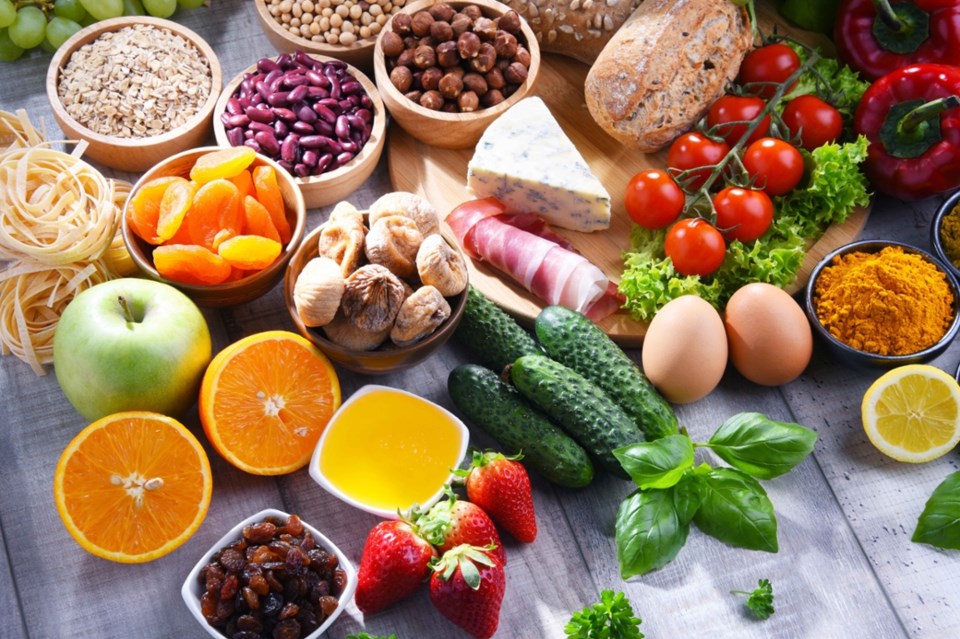All eyes are on inflation these days, especially at the grocery store. Food is the one thing we need every day and the food choices we make matter a great deal to our budget.
To know what's going on with food prices, we turn to Statistics Canada for details. But without fanfare, we just learned that the federal agency is changing how it monitors . The change, which takes place in May, couldn't have come at a worse time.
The year 2022 will likely be one for the record books. We've barely seen a quarter of the year and most of us already know that the cost to feed ourselves will increase dramatically. Traditionally, Statistics Canada told us how food prices have progressed over the years in order to have a better sense of how food inflation is affecting us. However, starting in May, that's likely not going to be possible.
Statistics Canada posted a note to readers at the very bottom of its monthly Consumer Price Index report. Few people will have seen it, and it usually takes months and sometimes years for agencies like Statistics Canada to plan such a change.
Over the next few weeks, the database containing the average prices of 52 products sold in Canadian grocery stores will be completely removed by Statistics Canada. The agency is essentially turning the page on more than 25 years of data to establish an expanded list of products whose prices will be collected every month. This new list will likely be more reflective of the modern diet.
There's no doubt this change was needed as the existing list of products was quite dated. In fact, even if you go back 25 years, the list was quite immaterial to most of us.
For example, the only fish on the list was canned salmon. The fish and seafood industry is huge in Canada, but canned salmon was the only fish Statistics Canada monitored over the last 25 years.
The produce category also had just a handful of options and juice had one option: orange. The vegetable protein category wasn't represented at all. But vegetable proteins are consumed by a growing number of Canadians.
In addition, the updated Canada's is more than three years old.
According to Statistics Canada's note, once the new list is posted, we won't be able to go back beyond March 2022 to access food prices. So, getting any historical perspective on the new food basket won't be possible.
Removing this historical perspective essentially eliminates the ability to better understand how food costs have impacted our lives over the years. Money spent on food influences lifestyles, and our socio-economic status and historical points of reference have always been helpful to us all, including other government branches, economists and researchers.
That makes Statistics Canada's change quite disappointing.
Oddly, it appears the agency won't even create two food baskets in parallel so data can overlap. In the United States and elsewhere, federal agencies typically don't erase entire databases. At the very least, they don't make them inaccessible to the public.
Statistics Canada has been criticized over the years for its inaccuracy when it comes to mapping , especially food inflation. This change raises questions about motive and why the announcement was so quiet.
But the agency also said it would be adding more data points. A larger database is good news.
However, this move is generally not great news for Canadians. We can only believe StatsCan is admitting its reading of food inflation over the last few years has been inaccurate and that its approach needed a complete overhaul.
But Statistics Canada won't necessarily admit it – and it can't, really, given how such an announcement would be received.
Nevertheless, Canadians want to know how current food prices compare with last year and even two years ago. I suggest you keep your weekly flyers, which may be the only way you'll now have to know what's happening to food prices in Canada.
Dr. Sylvain Charlebois is senior director of the agri-food analytics lab and a professor in food distribution and policy at Dalhousie University.
©




